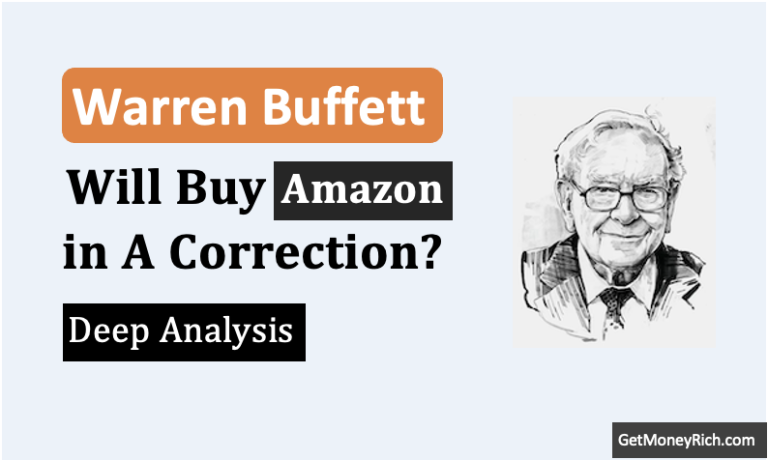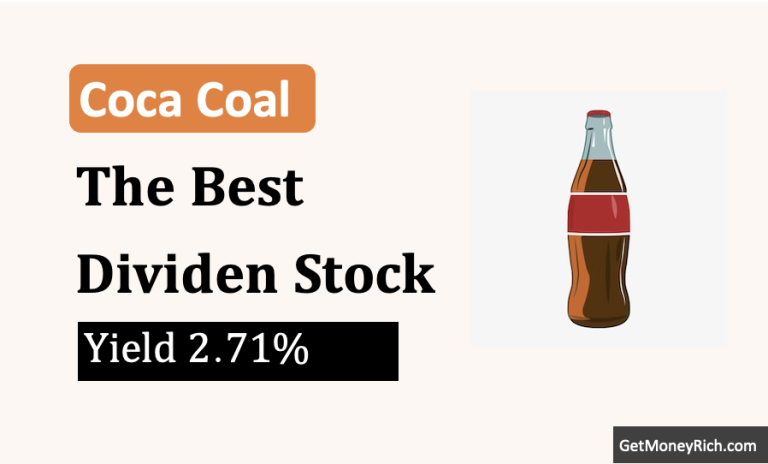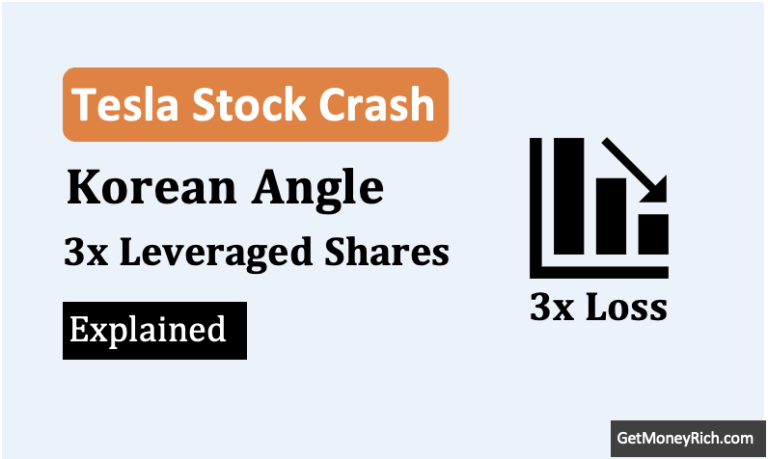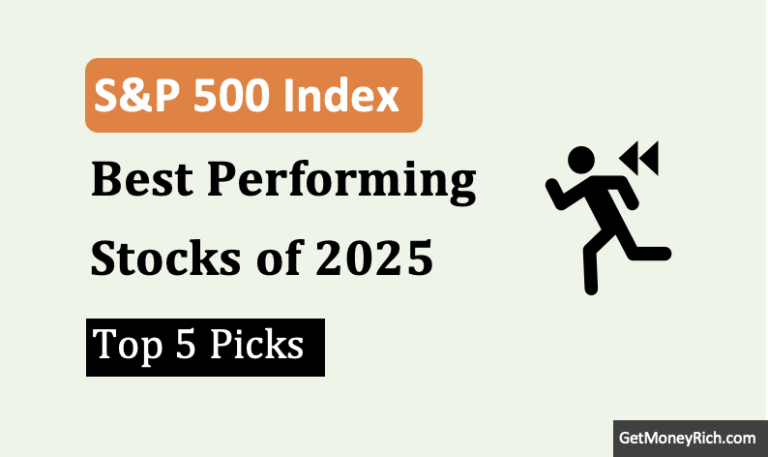Let’s estimate the intrinsic value of Pilgrim’s Pride Corp (PPC) using the Discounted Cash Flow (DCF) model. It will based on the free cash flow (FCF) generated by the company in the last five years. I’ll assume a suitable projected growth rates, and a suitable discount rate to do the maths. I’ll walk through this step-by-step so that together we arrive at the intrinsic value of PPC. By the way, at present, Pilgrim’s Pride‘s stock is trading at a price of $54.78 per share.
Step 1: Understand the Free Cash Flow Data and Growth Assumptions
Here is the historical free cash flows (FCF) for PPC over the last 5 years:
- 2020: $333.65 million
- 2021: -$13.29 million
- 2022: $160.9 million
- 2023: $94.48 million
- 2024: $1,847.05 million
The growth from 2020 to 2024 is impressive, FCF has increased from $333.65 million to $1,847.05 million, which you noted is a CAGR of 34.4%. That’s a massive jump and reflects PPC’s strong operational improvements in 2024, as we discussed in the blog post.
For the DCF model, we shall preferable assume a more realistic growth rate. For DCF, we need two types of growth rates for FCF, normal period growth (next 5 years) and perpetual or terminal growth rate.
- Normal Period Growth Rate: A 10% growth rate for FCF over the next 5 years (2025–2029).
- A 3% terminal growth rate after 2029 (perpetuity growth, often aligned with long-term inflation or GDP growth).
We also need to assume a suitable WACC as the discount rate, which I’ll estimate in the next step.
Step 2: Estimate the Weighted Average Cost of Capital (WACC)
The WACC represents the company’s cost of capital, blending the cost of equity and the cost of debt, weighted by their proportions in the capital structure.
We’ll estimate a reasonable WACC for this company (Pilgrim’s Pride Corp – PPC) based on typical industry benchmarks and the Balance Sheet that we have.
Capital Structure (from 2024 Balance Sheet):
- Total Debt: $3,466.24 million
- Total Equity: $3,157.51 million
- Total Capital (Debt + Equity): $3,466.24 + $3,157.51 = $6,623.75 million
- Debt-to-Capital Ratio: $3,466.24 / $6,623.75 = 52.3%
- Equity-to-Capital Ratio: $3,157.51 / $6,623.75 = 47.7%
2.1 Cost of Debt:
PPC operates in the food and agribusiness sector, which typically has moderate risk. Let’s assume their cost of debt is around 4% (after-tax), considering corporate bond yields for similar companies and assuming a tax rate of 21% (U.S. federal corporate tax rate).
- Pre-tax cost of debt: ~5.3% (a reasonable estimate for a company like PPC).
- After-tax cost of debt: 5.3% × (1 – 0.21) = 4.19%.
2.2 Cost of Equity:
Using the Capital Asset Pricing Model (CAPM):
Cost of Equity = Risk-Free Rate + Beta × (Market Return – Risk-Free Rate)
- Risk-Free Rate: Let’s use the 10-year U.S. Treasury yield as of early 2025, which is around 4% (based on recent economic trends).
- Beta: PPC operates in a cyclical industry (poultry), but as a large, established company, its beta is likely moderate. I’ll assume a beta of 1.1 (slightly above the market average of 1.0, reflecting some industry volatility).
- Market Return: Historically, the S&P 500 returns around 10% annually.
- Equity Risk Premium (ERP): 10% – 4% = 6%.
Cost of Equity = 4% + (1.1 × 6%) = 4% + 6.6% = 10.6%.
2.3 WACC Calculation (Discount Rate):
WACC = (Equity Weight × Cost of Equity) + (Debt Weight × After-Tax Cost of Debt)
WACC = (0.477 × 10.6%) + (0.523 × 4.19%)
WACC = 5.06% + 2.19% = 7.25%.
This WACC of 7.25% feels reasonable for a company like PPC in the food industry, lower than tech companies but reflecting the moderate risk of agribusiness.
Let’s use this as our discount rate.
[Note: Experts use the WACC as the discount rate because it reflects the overall cost of financing for a company. WACC accounts for the risk associated with both equity and debt investors. It providing a balanced rate to discount future cash flows back to their present value. This ensures the valuation captures the company’s true cost of capital and the risk-adjusted return investors expect]
Step 3: Project Free Cash Flows for the Next 5 Years (2025–2029)
Starting with the 2024 FCF of $1,847.05 million, we’ll project FCF for the next 5 years at a 10% growth rate:
| SL | Year | Calculation | FCF (in $ million) |
| 1 | 2025 | $1,847.05 × 1.10 | $2,031.76 |
| 2 | 2026 | $2,031.76 × 1.10 | $2,234.93 |
| 3 | 2027 | $2,234.93 × 1.10 | $2,458.43 |
| 4 | 2028 | $2,458.43 × 1.10 | $2,704.27 |
| 5 | 2029 | $2,704.27 × 1.10 | $2,974.70 |
Step 4: Discount the Projected FCFs to Present Value
Using the WACC of 7.25% as the discount rate, we’ll discount each year’s FCF back to its present value (as of early 2025):
| SL | Year | Calculation | Present Value (in $ million) |
| 1 | 2025 | $2,031.76 / (1 + 0.0725)^1 | $1,894.18 |
| 2 | 2026 | $2,234.93 / (1 + 0.0725)^2 | $1,942.74 |
| 3 | 2027 | $2,458.43 / (1 + 0.0725)^3 | $1,993.05 |
| 4 | 2028 | $2,704.27 / (1 + 0.0725)^4 | $2,043.48 |
| 5 | 2029 | $2,974.70 / (1 + 0.0725)^5 | $2,096.18 |
| Total Present Value | $9,969.63 million. |
Total present value of FCFs from 2025 to 2029:
$1,894.18 + $1,942.74 + $1,993.05 + $2,043.48 + $2,096.18 = $9,969.63 million.
Step 5: Calculate the Terminal Value and Discount It
The terminal value (TV) represents the value of all FCFs beyond 2029, growing at the terminal growth rate of 3%.
We’ll use the Gordon Growth Model:
TV = (FCF in 2029 × (1 + Terminal Growth Rate)) / (WACC – Terminal Growth Rate)
- FCF in 2029: $2,974.70 million
- Terminal Value at the end of 2029: ($2,974.70 × 1.03) / (0.0725 – 0.03)
= $3,063.94 / 0.0425 = $72,092.71 million.
Now, discount the terminal value back to 2025:
PV of Terminal Value = $72,092.71 / (1 + 0.0725)^5 = $72,092.71 / 1.4191 = $50,803.12 million.
| SL | Year | Calculation | Present Value (in $ million) |
| 1 | 2025 | $72,092.71 / (1 + 0.0725)^5 | $50,803.12 million |
Step 6: Calculate the Total Enterprise Value
Enterprise Value (EV) = Present Value of FCFs (2025–2029) + Present Value of Terminal Value
EV = $9,969.63 million + $50,803.12 million = $60,772.75 million.
Step 7: Adjust for Net Debt to Get Equity Value
To get the equity value, subtract net debt (total debt minus cash) from the enterprise value. From the 2024 Balance Sheet:
- Total Debt: $3,466.24 million
- Cash and Equivalents: $2,040.83 million
- Net Debt: $3,466.24 – $2,040.83 = $1,425.41 million
Equity Value = Enterprise Value – Net Debt
Equity Value = $60,772.75 – $1,425.41 = $59,347.34 million.
Step 8: Calculate the Intrinsic Value per Share
From the price-related data:
- Shares Outstanding: 237.122 million
- Intrinsic Value per Share = Equity Value / Shares Outstanding
- Intrinsic Value per Share = $59,347.34 million / 237.122 million = $250.22 per share.
Step 9: Compare with the Current Stock Price
The current stock price (as of early March 2025) is $54.78.
Compared to our DCF-derived intrinsic value of $250.22, PPC appears significantly undervalued.
This suggests the market might be underestimating PPC’s future cash flow potential.
It is also possible that our growth assumptions might be too optimistic.
Let’s reflect on that.
Step 10: Sensitivity Check and Final Thoughts
The intrinsic value of $250.22 per share is quite high compared to the current price, so let’s consider the assumptions:
- 10% FCF Growth: This is conservative compared to the historical 34.4% CAGR, but 2024’s FCF spike might not be sustainable. A 10% growth rate assumes PPC maintains strong operational performance.
- 3% Terminal Growth: This is reasonable, aligning with long-term economic growth.
- WACC of 7.25%: If we increase the WACC to, say, 8.5% (to account for higher perceived risk), the intrinsic value would drop. Let’s test that:
- New Terminal Value PV (at 8.5%): $72,092.71 / (1 + 0.085)^5 = $47,896.17 million.
- New total PV of FCFs (recalculated) would also decrease, leading to a lower equity value, likely closer to $150–$180 per share.
- The stock would still be significantly undervalued, but less dramatically so.
Even with a higher WACC, PPC looks like a potential bargain.
However, the poultry industry’s volatility (e.g., feed costs, regulatory risks) and PPC’s past legal issues (like the 2020 price-fixing fine) might be keeping the market cautious.
If you believe in their operational improvements and ability to sustain FCF growth, this could be a great long-term investment.
Conclusion
Using the DCF model with a 10% FCF growth rate for 5 years, a 3% terminal growth rate, and a WACC of 7.25%, the intrinsic value of PPC is $250.22 per share.
Compared to the current price of $54.78, PPC appears undervalued, suggesting a potential investment opportunity, though I’d recommend doing a deeper dive into industry risks and stress-testing these assumptions further.
Have a happy investing.






